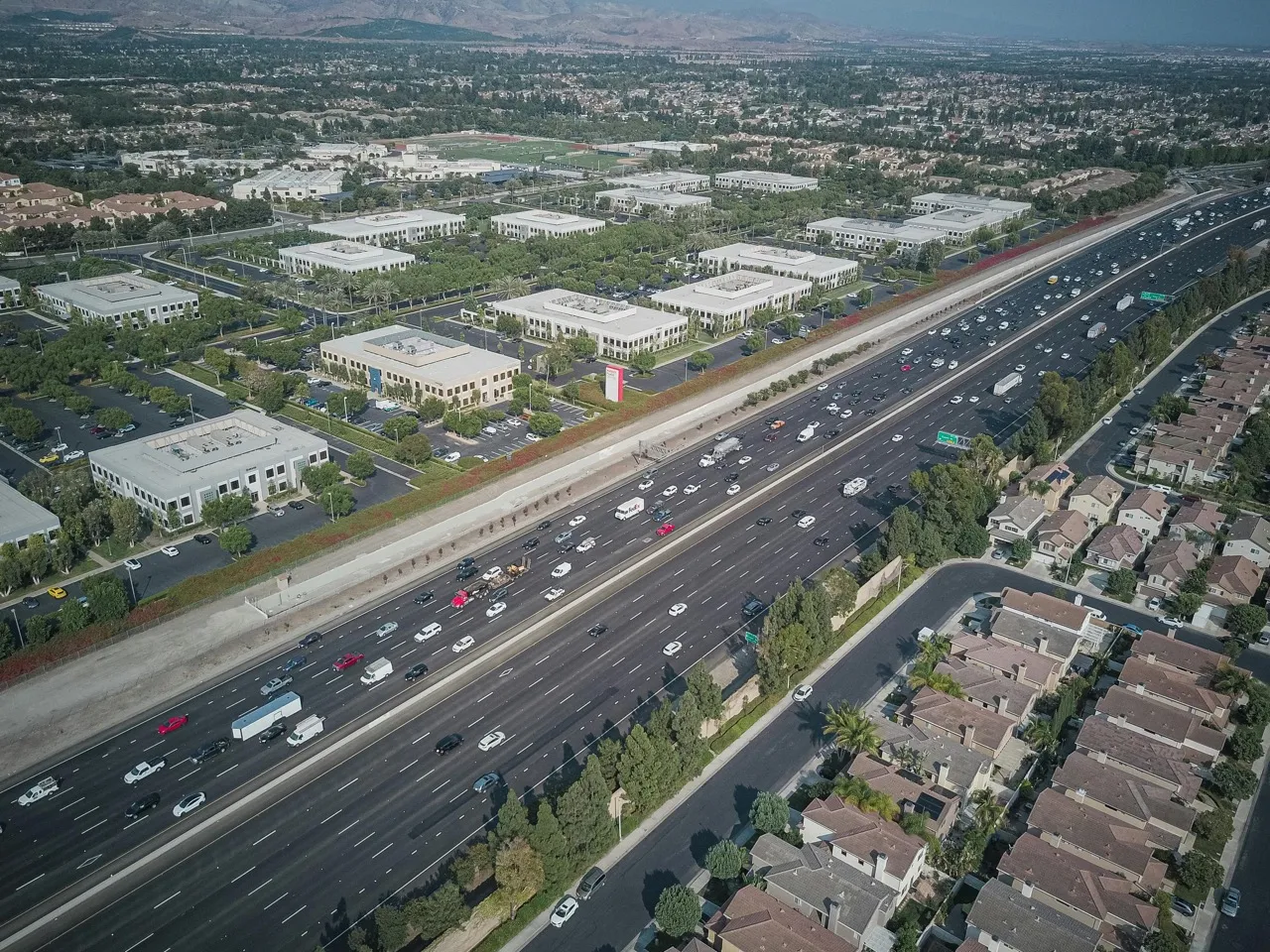The Outdated Tax Rule Holding Back Big Infrastructure

Demand for electricity is surging across America, driven by explosive growth in data centers, artificial intelligence, advanced manufacturing, and electrification. Data centers alone will consume 9% of America’s electricity by 2030, according to the Electric Power Research Institute.
Utilities across the country are working to meet this demand, including LPPC members who serve growing cities and industrial hubs where burgeoning industries are powering America’s economy. LPPC members collectively serve over 30 million people, operate 80 GW of generation, and plan to build 58 GW of new generation in the coming decade.
But there is a major roadblock: outdated IRS ‘private use’ regulations are slowing public power’s ability to build the infrastructure needed to meet surging demand. These rules prevent public power utilities from signing long-term contracts with large industrial customers even as those customers request 1,000 megawatts or more of new load. To put that in perspective, that’s enough electricity to power a mid-sized American city.
Building the generation and transmission needed to serve these large customers can sometimes take up to 10 years and cost billions in investment. Yet under current federal tax laws, public power utilities are limited to contracts of just three years, which is not nearly enough time to justify major long-term projects. As a result, public power utilities are forced to either pass the risk onto the communities they serve or decline to serve the industries that are driving economic growth and innovation.
The fix is simple, but urgent. The Treasury Department and the IRS can update outdated private use rules, allowing public power utilities to enter longer-term customer contracts. This small change would unlock billions in grid upgrades, strengthen America’s economy, and ensure public power communities aren’t left to shoulder the costs alone.
